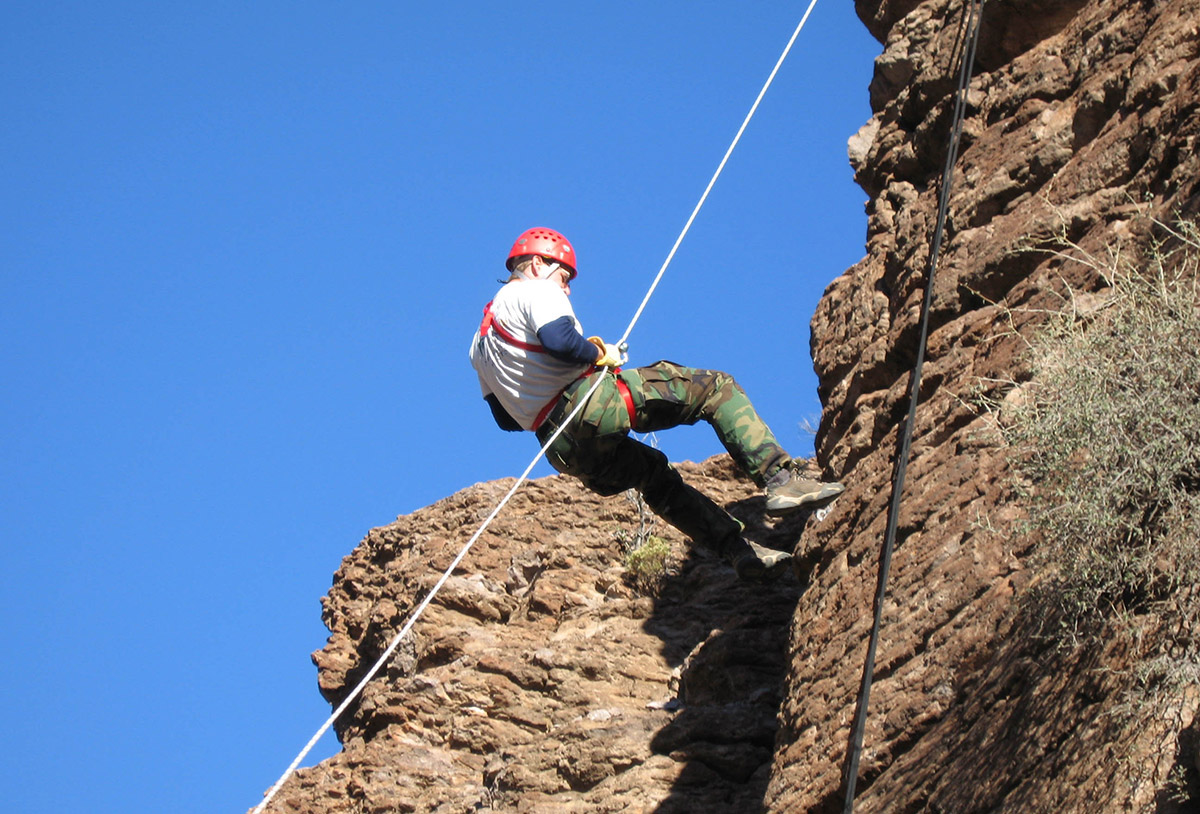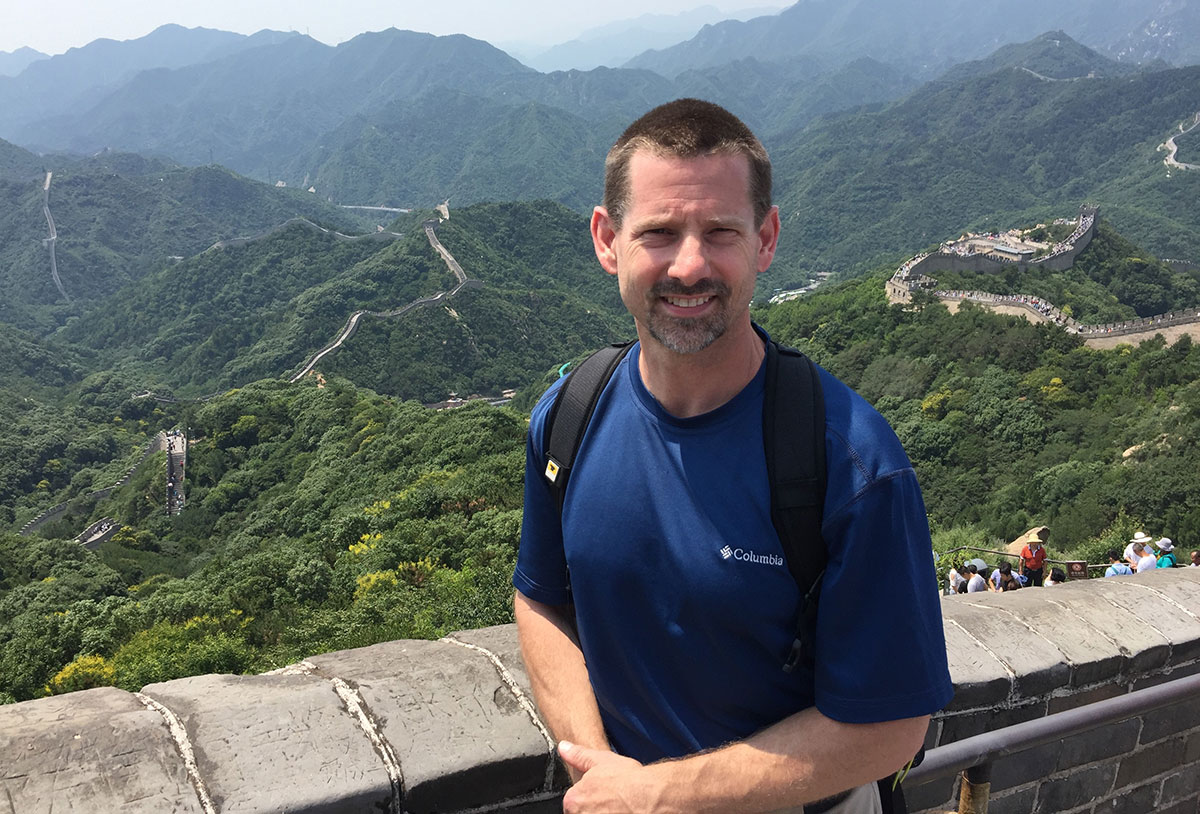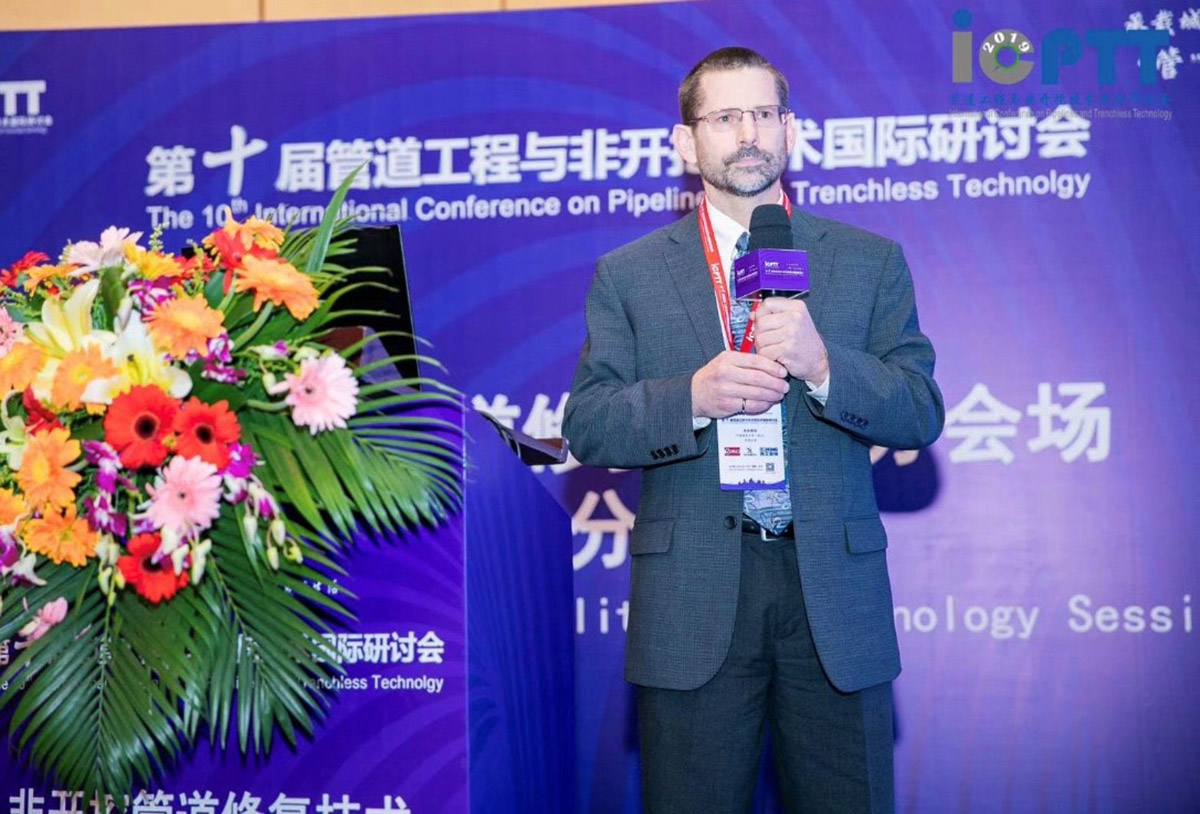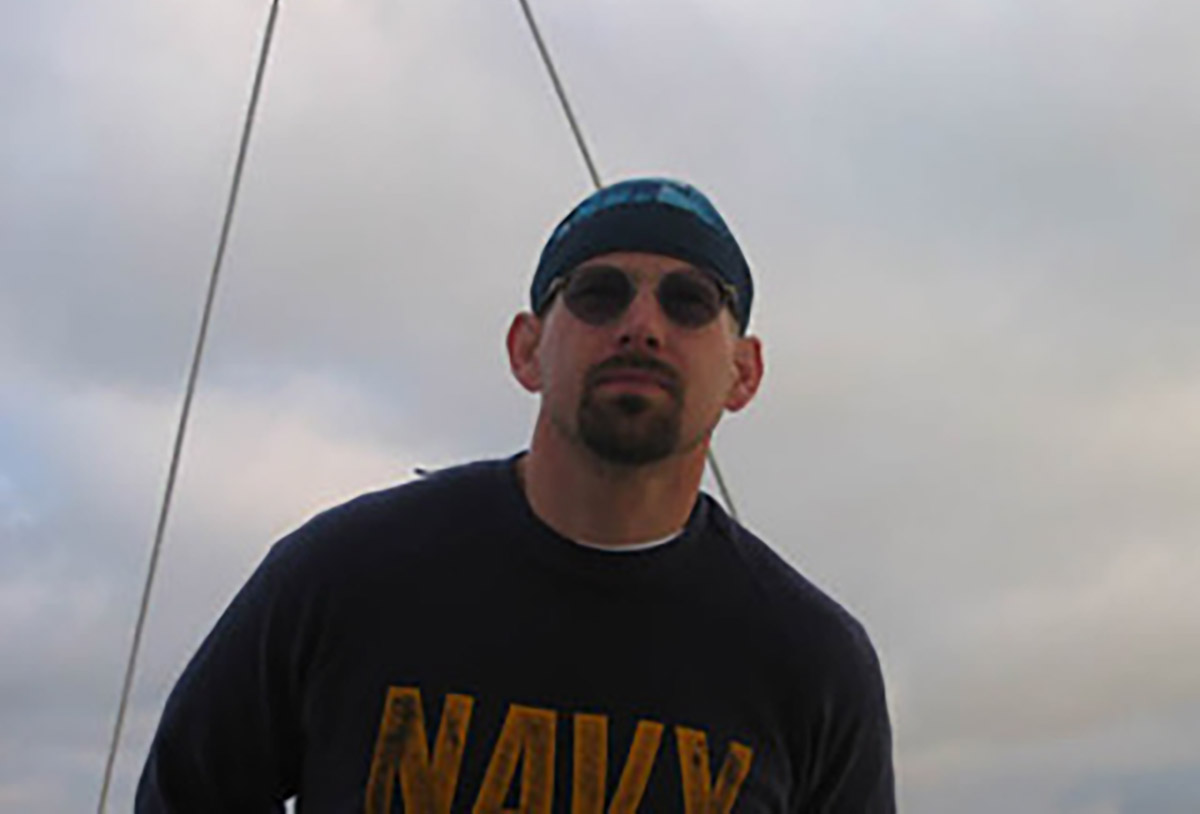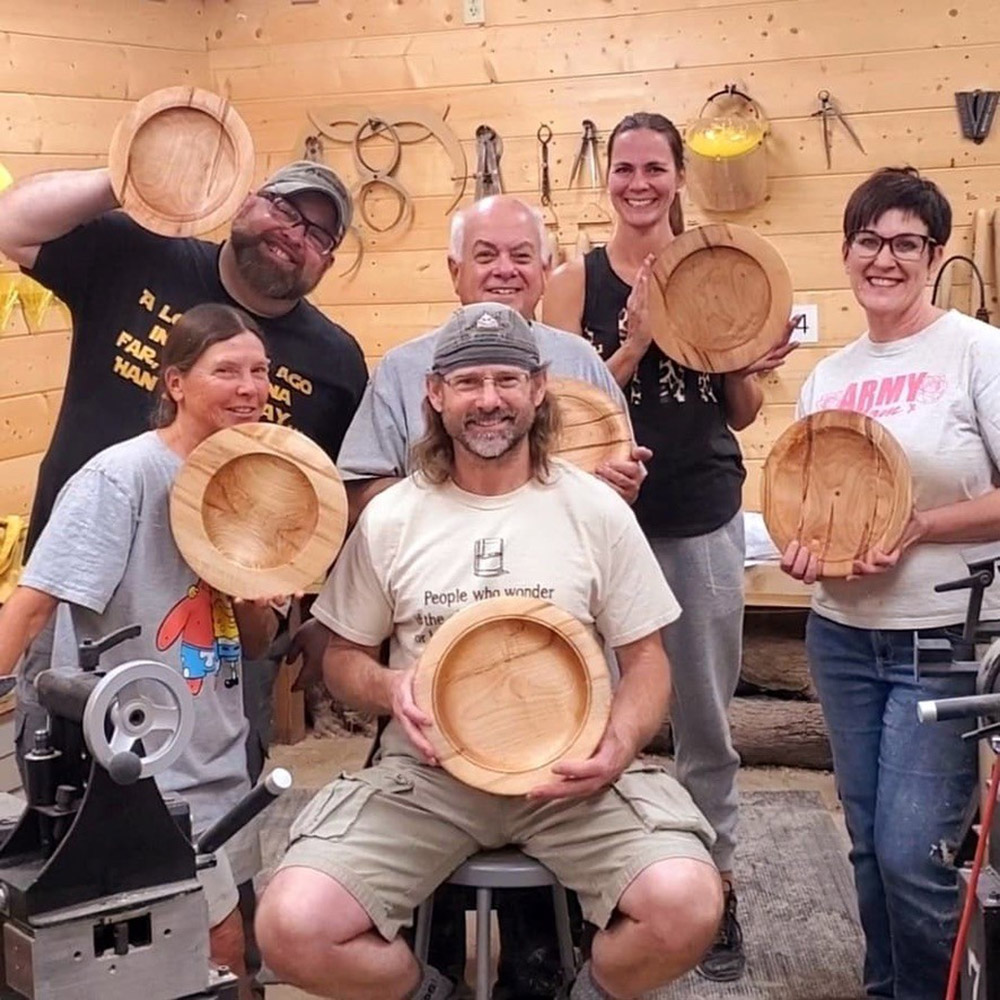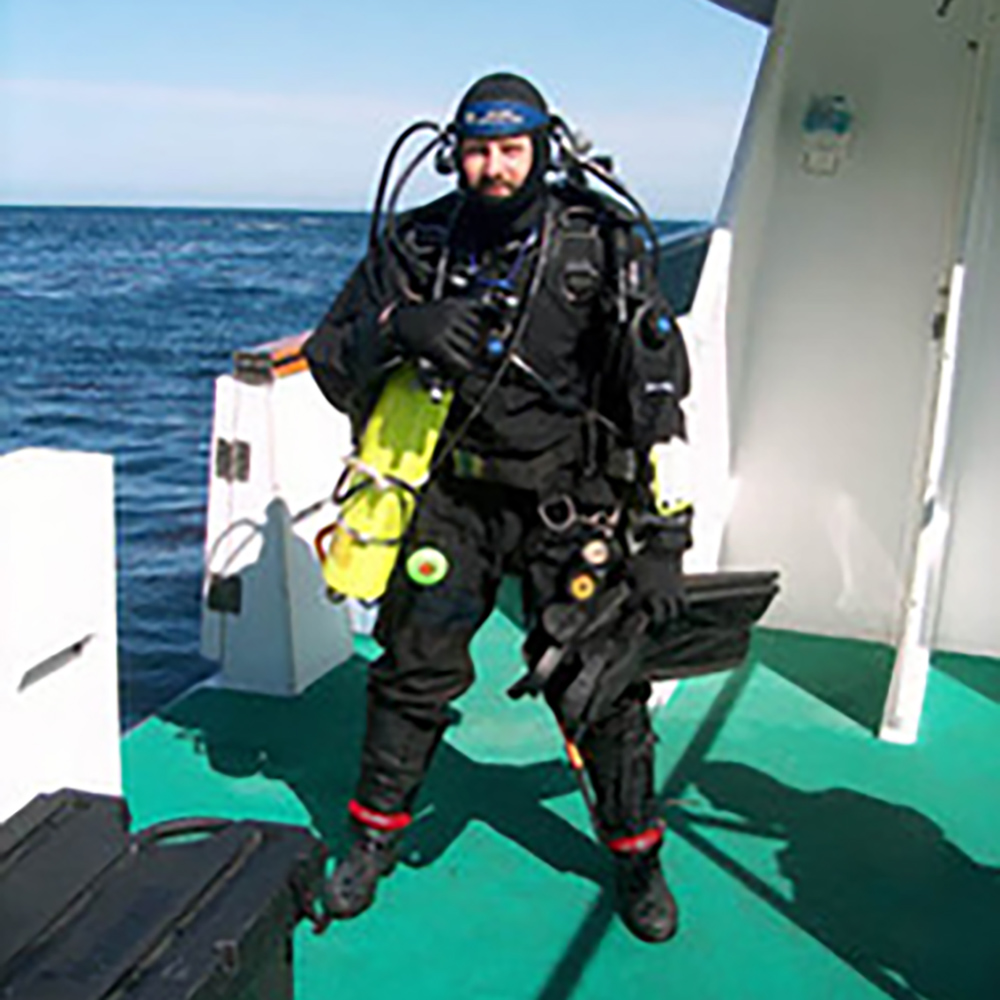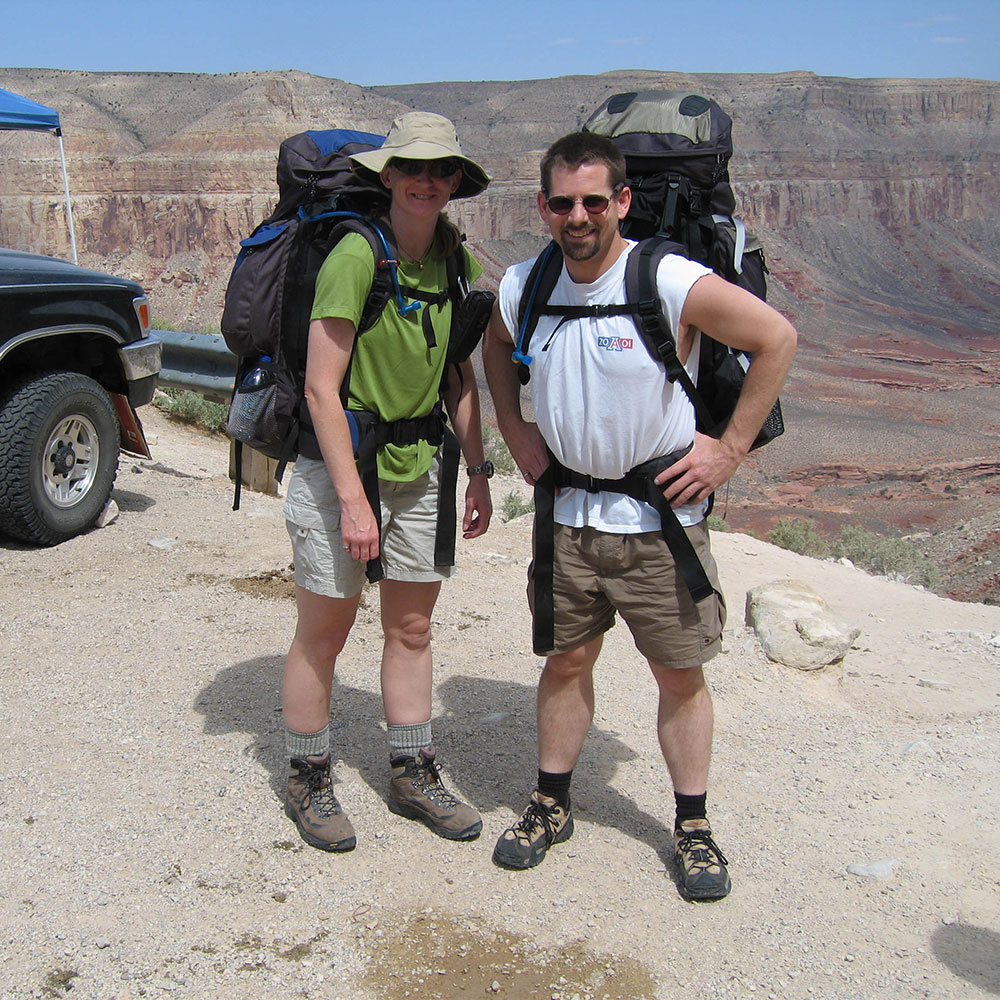Editor’s note: Jim Geisbush joined CAP’s Engineering Department in 2006 bringing his civil engineering expertise in pumps, pipelines, and all things water.
As a young boy, Jim Geisbush was fascinated with moving water — oceans, ponds, streams and even the hose in the back yard. He would happily construct channels from sand or dirt and then watch intently as he let water flow freely through them. So, the surprise isn’t that he ended up working in water, it’s that this water-loving engineer ended up in the desert of Arizona. But then again, Geisbush never followed the obvious or easy path.
He earned his bachelor of science in civil engineering from Washington State University. After a two-year stint with the Navy, he enrolled at the University of Arizona to work toward a master’s degree in civil engineering. After graduation, he quickly found his stride, working in the design, management, and construction of water and wastewater projects across the US. The more difficult the project, the better.
In 2006, he joined the CAP team and found himself working on heavy civil engineering projects – raising the canal lining, trash rake installation and pipelines. He was intrigued by the industrial aspect of CAP – the pumps, pipes and canal.
“To me, a good engineer can design a system, but also knows how it operates and how to maintain it,” Geisbush said. “One of the best things I can do is go to a facility that did maintenance and construction to help me become a better design engineer.”
That is exactly what happened. In 2009, Geisbush found himself working on a CAP pipeline project which was a good fit with his previous experience with water, wastewater and fire system pipelines. During the project, he was exposed to CAP’s siphons – the largest prestressed pipelines in the world – and saw a fascinating opportunity.
“The pipelines were interesting from an engineering perspective, and the opportunity to work on them was one I didn’t want to pass up,” said Geisbush.
Jim started by monitoring the conditions of siphons (there are actually three different types in the CAP system), and then helped determine maintenance for them. His calendar is populated with pipeline inspections, where he enters the larger pipelines to see what is going on under the ground, evaluating and analyzing the asset to ensure the proper maintenance is scheduled to keep it functioning at the highest level.
“As long as people live in Arizona and we need to bring water in here, our infrastructure needs to remain,” said Geisbush. “These large diameter pipelines are a forever asset.”
It’s serious business to Geisbush. So serious, in fact, that he is pursuing a doctorate degree at ASU in Civil Engineering focusing on large diameter pipeline maintenance; yes, that’s a real thing! He is looking at how you maintain these forever assets – assets where there is no end date to its lifecycle.
Geisbush is definitely a pipeline expert … soon to be Dr. Pipeline. How does that happen? He attributes it primarily to experience and exposure.
“I’ve done lots of pipeline construction designs across the country and am able to take what I have learned from other projects and really get in and research CAP’s pipes. How are they are put together, installed, and manufactured. I don’t consider myself an expert, but I have discovered that everyone else does,” he said.
It is a path Geisbush keeps pushing forward. He eagerly joins the Heavy Overhaul Group (HOGS) in the field to get a different perspective, learn more that can be beneficial in the future, ensuring the long-term reliability of the CAP system.
It’s challenging work, but Geisbush has never shied away from a challenge in his personal or professional life.
He’s been a scuba diver since 1986 and where many are drawn to warm, tropical waters, he’s drawn to the more challenging dives in cold water. Geisbush is a fifth level black sash in Shaolin Kung Fu, a hobby he began in 2006.
“It’s a challenging art. I have the martial part down, but I struggle with the art part,” said Geisbush. “Kung Fu is about a circle and being an engineer, I am linear, and I struggle to see the circle as well as I need to.”
But he accepted that challenge and found another hobby – turning wood on a lathe – has helped him explore his more creative side.
So why does he push himself so hard? It’s who he is … and he knows that the reliability of the CAP system for many years to come is critical work to do successfully.



